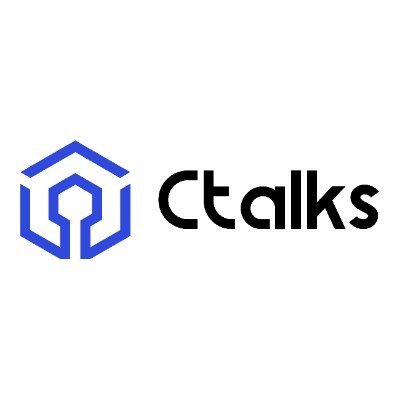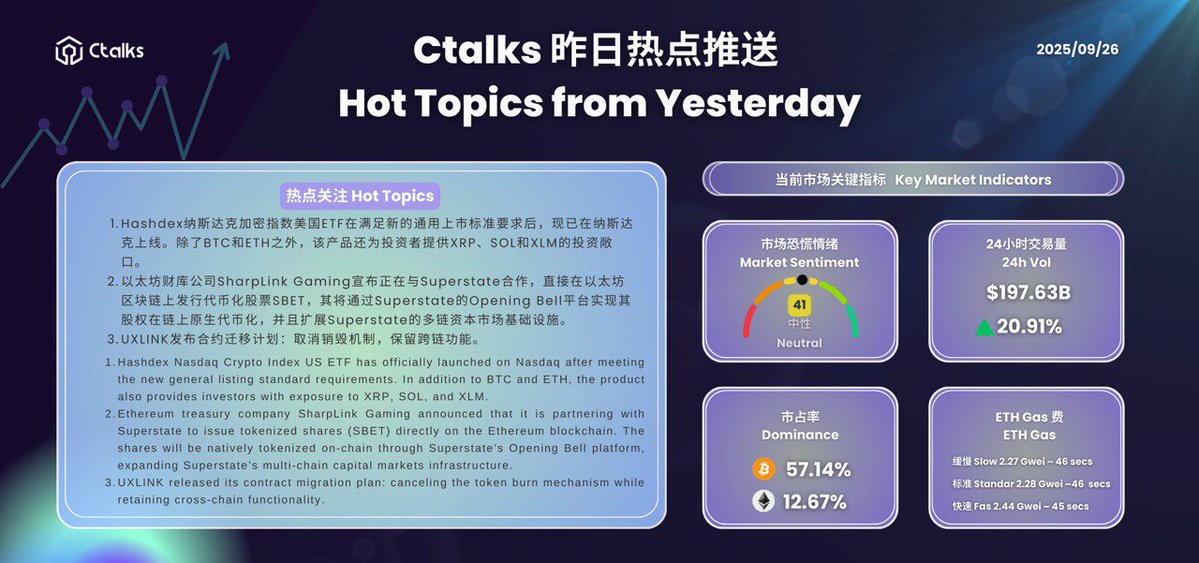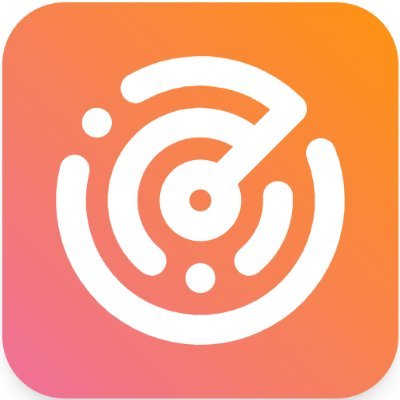UXLINK price
in EURCheck your spelling or try another.


About UXLINK
Disclaimer
OKX does not provide investment or asset recommendations. You should carefully consider whether trading or holding digital assets is suitable for you in light of your financial condition. Please consult your legal/tax/investment professional for questions about your specific circumstances. For further details, please refer to our Terms of Use and Risk Warning. By using the third-party website ("TPW"), you accept that any use of the TPW will be subject to and governed by the terms of the TPW. Unless expressly stated in writing, OKX and its affiliates (“OKX”) are not in any way associated with the owner or operator of the TPW. You agree that OKX is not responsible or liable for any loss, damage and any other consequences arising from your use of the TPW. Please be aware that using a TPW may result in a loss or diminution of your assets. Product may not be available in all jurisdictions.
UXLINK’s price performance
UXLINK in the news
A hacker who exploited UXLINK lost $48 million worth of UXLINK tokens today after falling...
UXLINK’s native token crashed 77% on Monday after the project confirmed a security breach in...
UXLINK reported a security breach in its multi-signature wallet today, with stolen funds subsequently moved...
UXLINK on socials




Guides

UXLINK on OKX Learn
UXLINK FAQ
UXLINK provides partners with the following advantages through its Social Growth Layer:
Enhanced user growth facilitated by social protocols.
POS revenue through the SLP protocol.
Improved capabilities for social growth among ecosystem partners via Layer3.
Dive deeper into UXLINK
UXLINK is the largest Web3 social platform and infrastructure globally, enabling users and developers to discover, engage with, distribute, and trade a diverse range of crypto-assets.
How does UXLINK work
Through trust-based social relationships and group models, UXLINK empowers users with features like social mining, social DEX, and liquidity staking. Additionally, developers benefit from protocols for integrating social graphs and licensing data. As a growth engine for DApps, UXLINK is a pivotal super platform within the Web3 ecosystem.
UXLINK price and tokenomics
The UXLINK project adopts dual-token (on-chain points & token) economics model, comprising the community’s native utility token or points ($UXUY, as POW records) and governance token ($UXLINK).
The point plus token model provides a framework of governance and development of our community and ecosystem, while maximizing the transparency and fairness.
The $UXLINK have limited supply of no more than 1,000,000,000.
About the founder
The founder is a seasoned entrepreneur in social space, with proven track records of product innovation and user-growth. He was a founder and product manager of a 100-million-users scale social and socialized trading platform. He gained a Master degree from Stanford University.
UXLINK highlights
- Largest: 15,000,000 registered users, 100% invitation only and human/machine verifications.
- Trust: bi-directional social relationship form trust relationships.
- Profitable: sustainable business model from both users and developers, empowering the value of $UXLINK.
UXLINK Key Value
- Utility in Ecosystem Development: Eco-partners and developers need to purchase and hold $UXLINK to activate UXLINK protocols and access its foundational services.
- Transaction Fees and Charges: Users acquire and hold $UXLINK to cover transaction fees, commissions, and gas fees within the ecosystem.
- Staking and Rewards: $UXLINK can be staked to earn token rewards from other projects within the UXLINK ecosystem, incentivizing engagement.
- Limited Supply and Deflationary Nature: With a fixed maximum supply, $UXLINK is designed to become scarce over time as user adoption and ecosystem usage increase, potentially leading to deflationary pressures and increased value as a critical utility token within the ecosystem.
- Ecosystem Integration: Serving as an essential token within the UXLINK ecosystem, $UXLINK facilitates seamless interactions and transactions across its decentralized infrastructure.
ESG Disclosure




